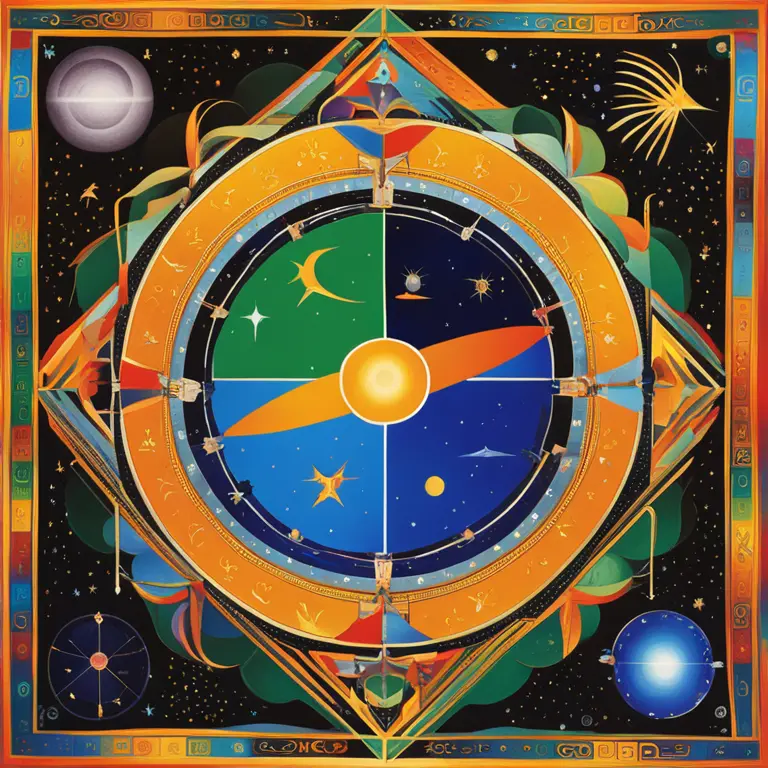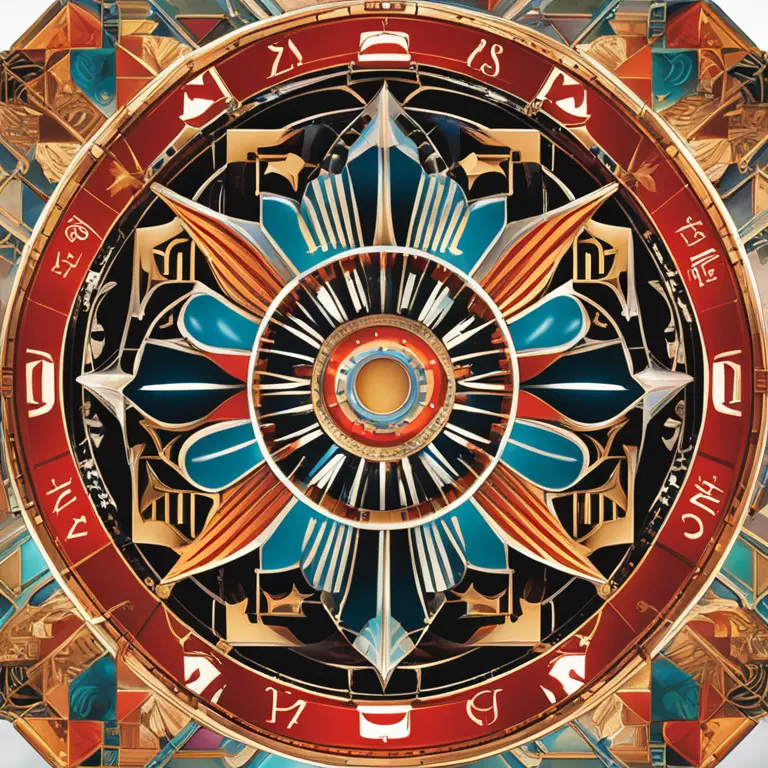
The Zodiac Phenomenon in Astronomy
Delve into the celestial realm of the zodiac, exploring its origins in astronomy and its application in modern astrology.
article by Priya Deshmukh
Zodiac Defined in Astronomy
The zodiac is a fascinating concept that has captivated humanity for millennia. In astronomical terms, the zodiac represents a belt in the sky extending about 8 degrees on either side of the ecliptic—the apparent path of the Sun across the celestial sphere over the course of a year. This belt houses the traditional twelve zodiac constellations, which have played a crucial role in the development of astrological practices. Each constellation is linked to a specific time period when the Sun is directly in line with it, giving rise to the astrological significance associated with birth dates.

History and Development
The historical roots of the zodiac in astronomy can be traced back to ancient civilizations such as the Babylonians. These early astronomers observed celestial patterns and the periodic movements of celestial bodies. Their observations led to the division of the ecliptic into twelve segments, each named after the prominent constellation found within it. Over time, these segments evolved into the zodiac signs known today, serving not only as astronomical markers but also as the foundation for astrological interpretations.

Astronomic Patterns and Predictions
Astronomical zodiac signs are determined by the actual constellations through which the Sun transits, not to be confused with their astrological counterparts based on fixed calendar dates. Each year, due to the precession of the equinoxes, astronomical positions shift slightly, so that astrological calculations for horoscopes in 2024 and beyond consider this when formulating forecasts. This celestial dance offers a glimpse into the persistent interconnectedness between celestial occurrences and human experiences as perceived by astrologers.

The Zodiac and Modern Astrology
While modern astrology draws on these ancient observations, it has evolved to incorporate a mixture of tradition and psychological insight. The zodiac signs are often used as a framework to offer guidance and forecasts on personal traits, compatibilities, and future possibilities. Astrologers create individual and collective readings that resonate with followers seeking insight into their lives. For those looking toward the future, the transitions of the planets, particularly in relation to Sun sign positions, serve to forecast general trends and events for 2024 and onwards.
Interpreting Astrological Influence
The application of the zodiac in modern astrology involves an interpretive process where celestial movements are associated with human behaviors and occurrences. Each zodiac sign possesses distinct characteristics, which are thought to influence individuals differently depending on their natal charts—a map of the sky at the time of one's birth. The predictive nature of astrology considers the interplay of planetary alignments, including retrogrades and transits, to outline potential future outcomes.
A Balanced Perspective
It's important to acknowledge the division between astronomy and astrology. Astronomy is a science focused on the objective study of celestial bodies, while astrology is a belief system that interprets the influence of the cosmos on human affairs. Despite the common misconception that they are one and the same, a balanced perspective recognizes each for its unique contributions to human culture and understanding. Nonetheless, astrology continues to hold a place in popular culture, often seen as a source of entertainment, self-reflection, and a means to foster connections among individuals who seek meaning beyond the tangible.
Published: 2/5/2024
Modified: 2/6/2024
More predictions
Come back here soon to learn more about yourself and your future


The Astrological Houses: Key to Your Life Map
Discover the fundamental roles of astrology's twelve houses in shaping your destiny and personal journey through life.


The Mystery of 5 Empty Houses in Astrology
Discover the significance of empty houses in your astrological chart and what they reveal about your life journey and potential.


Astrology's Architecture: Houses and Ruling Planets
Delve into the heart of astrology through the foundational concepts of houses and their ruling planets, a guide to the cosmic infrastructure influencing our lives.